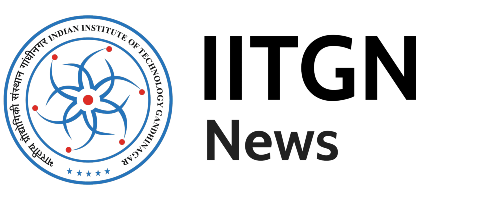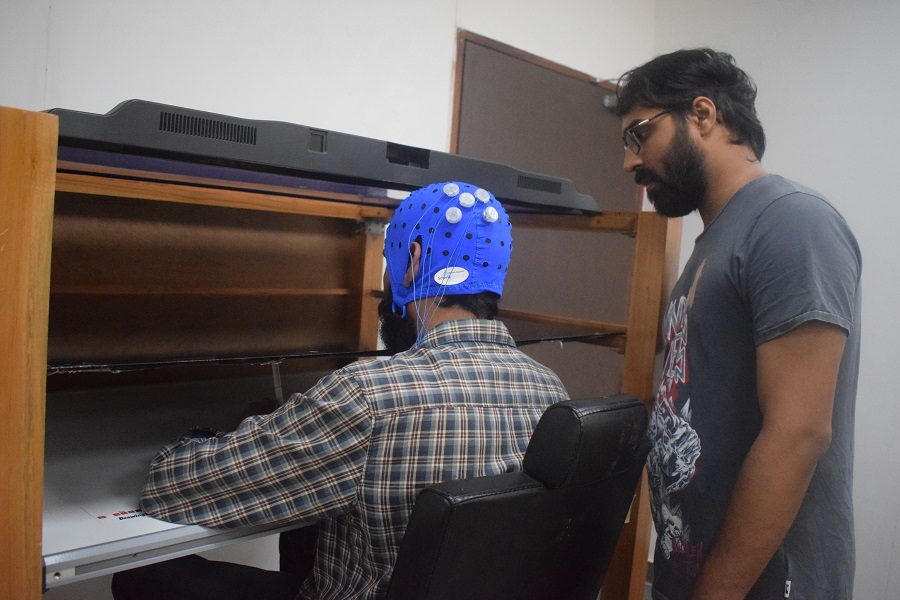Skilled actions, from a ballerina’s pirouette to playing a ghamak on the sitar, are based on the ability to learn new movement patterns and to adapt them to new environments. This ability to learn, store, execute and continuously refine actions is broadly defined as motor learning, and is driven by multiple neural mechanisms. Just as learning the list of Prime Ministers of India results in the formation of a memory that can be later recalled, motor learning also results in the formation of a “motor memory” that subsequently enables superior movement performance. Interestingly, motor learning comprises representations that are both limb-specific and limb-independent.
Limb-independent representations allow learning to generalise across different effectors. For example, a basketball player who learns to dribble with his/her right arm might show gains in dribbling performance with the left arm though he/she might not be trained on the left side. Although the phenomenon of generalisation across effectors has been demonstrated over many studies, the neural mechanisms that encode the underlying limb-independent motor memory components have remained elusive.
In a study published in PNAS, Prof Pratik Mutha (Jibaben Patel Chair Associate Professor, Biological Engineering) and his team, that included IITGN PhD students from Cognitive Science, Adarsh Kumar, Gaurav Panthi, and former JRF, Rechu Divakar, at the Centre for Cognitive and Brain Sciences at IIT Gandhinagar probed how these limb-independent memories are acquired. They investigated both the algorithm used and the neural machinery causally associated with this process. Using a combination of behavioural experiments and computational modelling of healthy human participants learning of arm movements in a novel environment, they first found that effector-independent memories are forged through implicit learning, or learning without conscious realisation of how a skill is being learned. This mechanism contrasts, for instance, with learning using verbalisable or explicit processes such as those employed when learning a list of words.
The team then delivered high-definition cathodal transcranial direct current stimulation over a region of the brain called the posterior parietal cortex (PPC) in order to inhibit the underlying neural activity. They found that perturbing left but not right hemisphere PPC prior to learning blocked the implicit process and prevented the acquisition of the limb-independent memory. If the left PPC was perturbed after learning had been allowed to occur, the acquired memory was disrupted, and learning failed to generalise across effectors. This work thus established the PPC as an essential neural substrate for learning and storing effector-independent memories.
The work could potentially help physical therapists better strategise training of an unaffected limb when the affected limb cannot be engaged effectively during rehabilitation of stroke patients with significant weakness on one side of the body or the patients with other unilateral brain injuries. First, the fact that deficits in forming effector-independent memories are seen following left but not right hemisphere disruption, suggests that rehabilitation following left versus right hemisphere damage needs to be different. Second, if patients with left hemisphere damage, particularly in the PPC, fail to learn using implicit mechanisms, explicit strategies to accomplish the task goal may need to be provided to them in order to bring about improvements in their actions. Finally, the fact that learning can generalise from one effector to another, suggests that the “unaffected” limb could be trained during rehabilitation to bring about performance gains on the affected side.


This news was covered by some of the leading Indian newspapers and media agencies. Click on the links below to read more.

